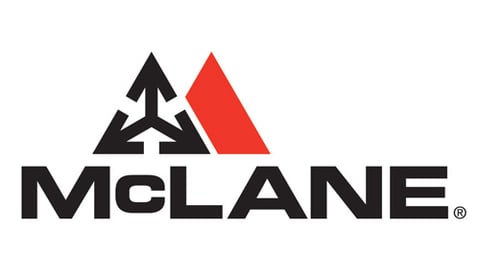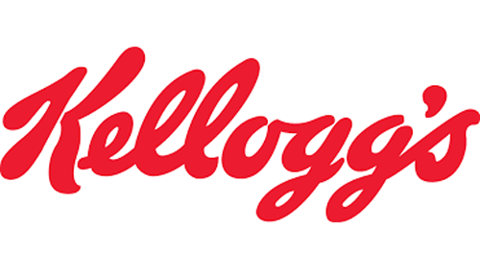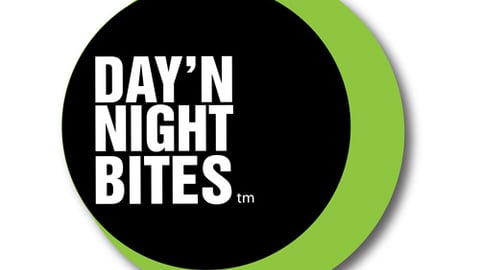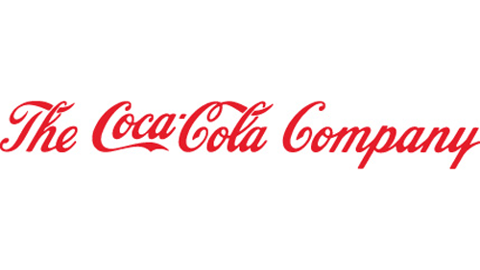Candy: The Hershey Co.
Hershey is at the forefront of studying data and implementing strategies to gain more sales in the convenience channel. As trips into c-stores continue to get more and more compressed, it is critical that retailers maximize every trip and basket, and there is no better category to do that with than the confection category.
This category has one of the highest household penetration rates at 98.9 percent; delivers the highest gross margins amongst snacking categories at 49 percent; has the shortest purchase cycle; and is the No. 1 most unplanned category purchase of all snacking categories.
However, confection category availability where c-store shoppers dwell most in-store — the checkout — is the lowest across all channels. Convenience store shoppers spend an average of 17 percent of their total time in-store at the checkout. Unlike other channels, the convenience channel front checkout does not have a traditional cattle shoot with products available for purchase where the shopper is waiting in line to checkout.
Research carried out in other channels by Hershey revealed that a queue line delivers the highest conversion. However, the lack of space in the convenience channel creates a challenge for a successful queue line. This posed the question: Would a smaller 4-foot queue deliver the same level of sales growth to key impulse categories like confection and improvement to shopper experience that a longer, more traditional-length queue does?
Hershey partnered with a major c-store retailer and a third-party research company to test the impact a 4-foot queue line would have on sales and shopper experience. The company monitored shopper interaction, satisfaction, traffic patterns and conversion over a 12-week period. The test queue incorporated multiple snacking categories, providing choice to shoppers at the checkout.
The results showed that the addition of checkout queue fixtures significantly increased the number of shoppers who took an interest in frontend merchandise. Overall, the checkout fixtures saw the number of shoppers engaging with products at the frontend more than triple, jumping from 2.5 per 100 frontend visitors to 7.8. These shoppers were also more likely to buy, leading to a 240-percent increase in overall purchasers. The checkout queue system proved to be effective at driving unplanned purchases. Shoppers who may otherwise have not paid attention to products at the frontend were now taking notice and making purchases more frequently.
The categories that benefited most from being placed on the queue line fixture were those associated with impulse purchase and consumption. The percent of overall transactions that included candy increased by 16 percent, and the percent of transactions including the candy items merchandised on the 4-foot queue line increased 100 percent.
Of shoppers surveyed, 71 percent strongly agreed that the fixture helped make checking out faster, easier to shop, and improved variety. A smaller percentage also felt the fixture made the checkout process fairer and helped provide clarity, bringing social justice to the checkout process and reducing the anxiety that is often associated with checking out as it relates to who is next in line.






